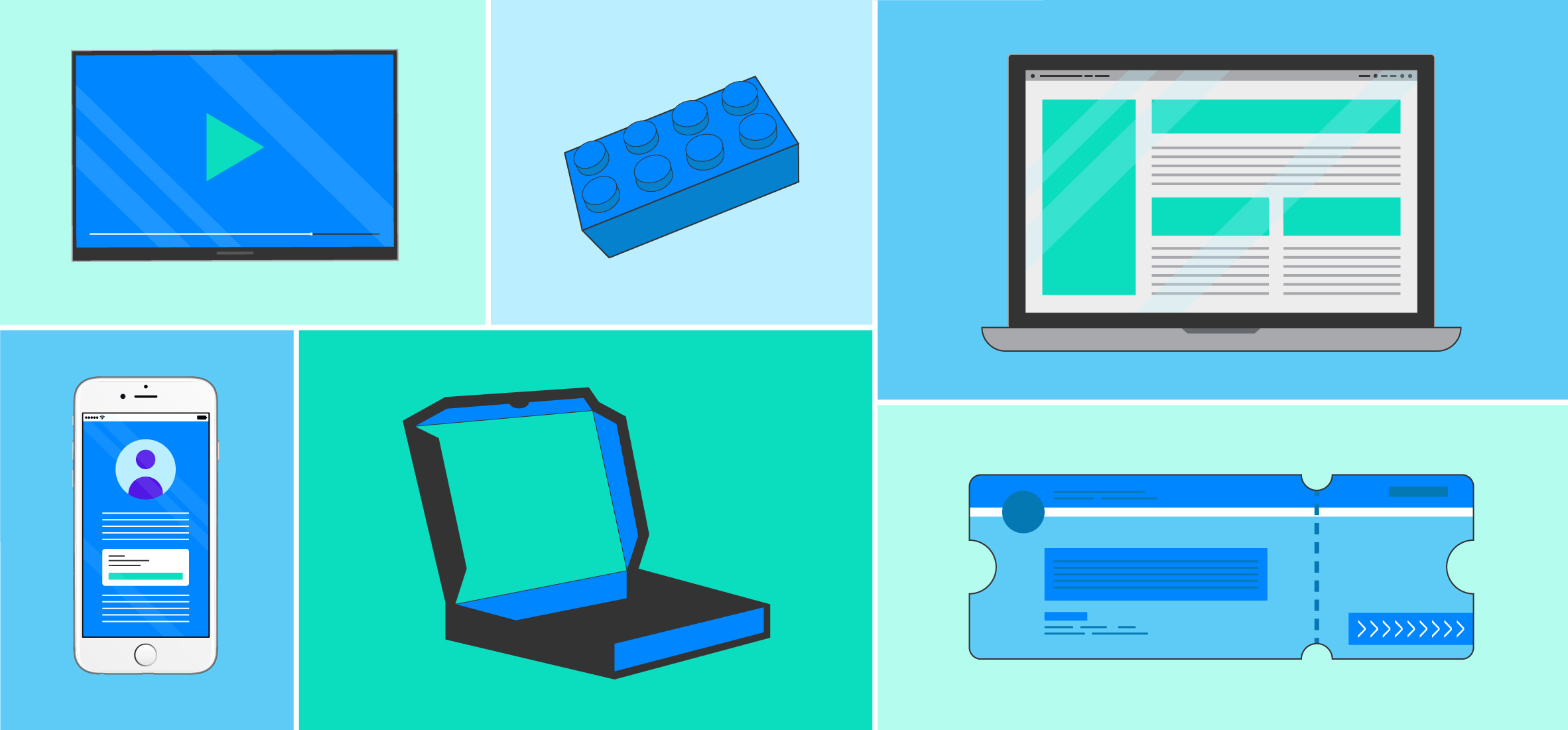

Digital transformation is a concept most of us still associate with giant global enterprises. Big companies, after all, can afford the capital investment required to undertake meaningful transformation. They also have the organizational resources to support the inevitable cultural shifts associated with transformation.
But of course, the reality is that digital technologies and everything they enable are impacting organizations of every size and type. Happily, lots of companies are succeeding with digital transformation initiatives that are both innovative and unexpected. Here are three examples you may have noticed:
StubHub is a company that was born into digital. What sort of transformation could possibly be left for an online ticket exchange? Over the past year, StubHub has been focusing on the emotional connection between consumer and event and on transforming the customer experience by promoting photo sharing and seat views. In the hyper-competitive ticket-exchange market, StubHub has positioned itself for long-term success by putting the accent on the complete experience rather than simply competing in a race to the bottom based on price alone. Creating that holistic experience takes significant investment to connect massive data systems capable of scaling and adapting as their business needs change.
Takeaway: By leveraging operational capabilities and analytics, you can create a more compelling customer experience.
Does pizza need a digital transformation? During the first dot-com gold rush, I worked with a startup called CyberSlice (remember those clever names from the ’90s?). That company was built on the undeniably innovative idea that you could transform how customers order pizza delivery using the World Wide Web. It was an idea ahead of its time, and one that wouldn’t be fully realized until a billion potential pizza eaters ended up carrying around small pocketable computers! Flash forward 22 years and think about Domino’s Pizza – not the first company that leaps to mind as a leader in digital transformation. The world’s second-largest pizza chain generates more than half of its sales through digital channels. They invested in the AnyWare platform, making pizza delivery available via virtually any device or popular web service: Twitter, Amazon Echo, Apple Watch – you name it. Domino’s also engages with its social followers by sharing pictures and soliciting ideas for new recipes.
Takeaway: Digital transformation isn’t new. For good ideas to become successful businesses, lots of things need to come together. Fortunately, digital transformation is also enabling all kinds of new tools and solutions to help you.
Lego has enjoyed phenomenal growth over the last couple of decades by taking a winning, proven product into new markets and broadening its appeal at every opportunity. Part of this long-term strategy is on display in most Lego stores, where you’ll find a large flat-screen monitor built into the display wall. Simply hold a Lego product box in front of the screen, and, within moments, a live augmented-reality (AR) animation shows the completed set hovering above the box, exactly as it will look once assembled. It’s cool, it makes for a stickier retail experience, and – critically – it furthers the product story in a way that box art alone cannot. The back end required to enable this AR experience is admittedly complex, but the building blocks (pun intended) to make it all possible are accessible to any company, big or small (HD screen, commodity digital camera and PC, an AR software platform, and the creative resources to build the animation). As a big, successful company, Lego may have built much of this experience in-house, with great care and innovation. But with each passing month, things like this become more accessible to any company.
Takeaway: Think creatively about how to blend physical and digital experiences to complement one another. Don’t assume something’s impossible just because it may have been so five years ago.
What do these three examples have in common? All these businesses share a single-minded dedication to improving the customer experience. This is foundational to digital transformation. But things become interesting when you bring creativity and innovation to bear with new, immersive, and thoughtful customer experiences. New technology platforms and entire ecosystems are emerging everywhere we look, each waiting to help you accomplish your mission better. Ironically, in a world of increasing complexity, it’s never been easier for you to find and assemble the pieces you need to do something special – just try not to step on them with bare feet 😊!
About the author




